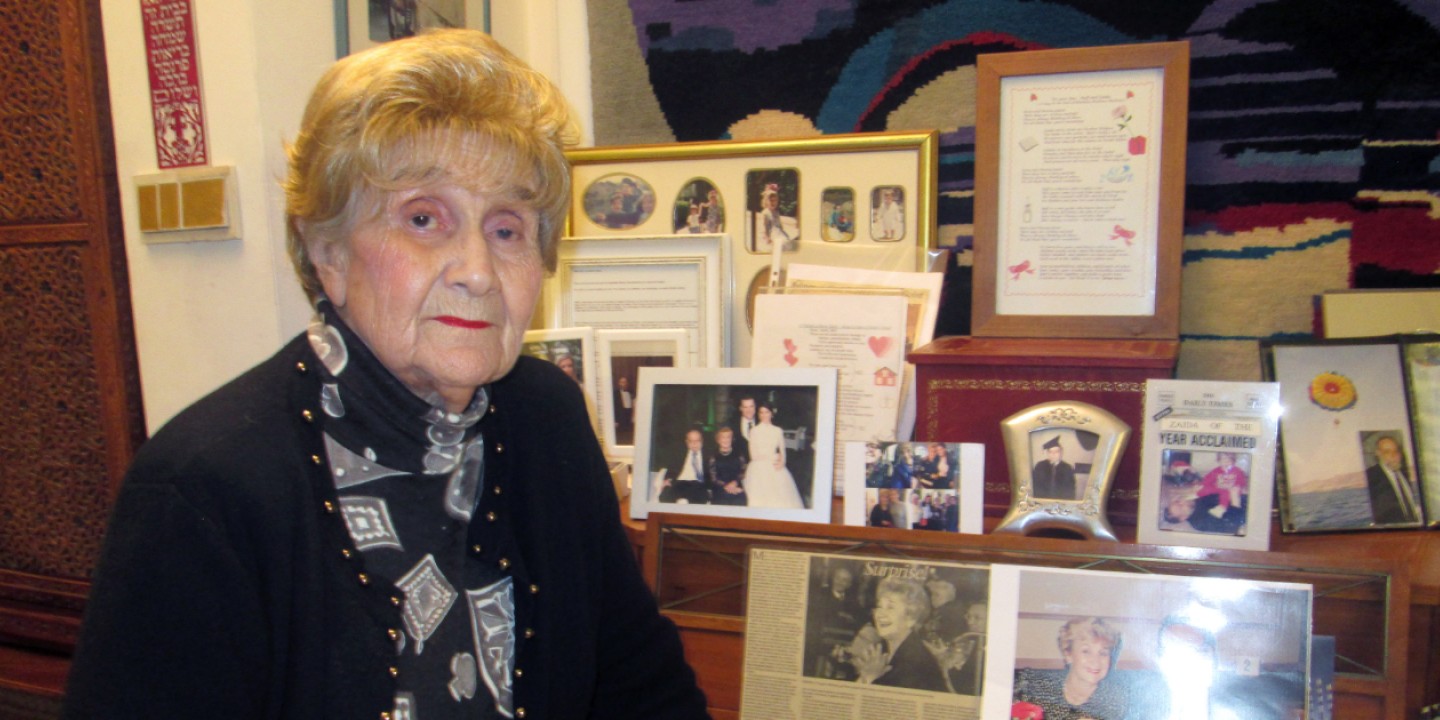Holocaust educators seek ways to preserve power of survivors’ testimony
“To hear that 6 million Jews were murdered is overwhelming,” Rena Quint said. “To hear one story from someone who lived through the Holocaust makes a strong impression.”

Rena Quint was three years old in 1939 when the Nazis herded her family into a ghetto in central Poland.
Her mother and brothers were murdered at the Treblinka extermination camp. She reunited with her father in a slave-labor camp, and he kept her alive by disguising her as a boy until he was sent to the Buchenwald concentration camp, where he was killed. By the time the Allies liberated her at the Bergen-Belsen concentration camp in 1945, when she was nine, she was the only surviving member of her family.
She speaks to various groups from around the world about her traumatic early years and the rewarding life she has led since.
“To hear that 6 million Jews were murdered is overwhelming,” Quint said. “To hear one story from someone who lived through the Holocaust makes a very strong impression.”
Quint believes the value of relating her experience can go beyond helping people understand the Holocaust.
For example, on a trip to South Africa, a warden in a women’s prison asked her to speak to prisoners.
“He told me that the women lose hope in prison; they wonder how, after being released, they can ever create a home, find a job, have a family,” she said. “I could make a good life after what I experienced, they can, too.”
Israel’s national Holocaust center, Yad Vashem, has thousands of survivor testimonies in its archives, but face-to-face encounters with survivors are the most effective, educators said.
“You watch the survivors’ body language, see their eyes,” said Shulamit Imber, pedagogical director of Yad Vashem’s International School for Holocaust Studies, whose parents are survivors. “They are moral authorities. They lived through the experience. You want to embrace their commitment to the memory of the Holocaust. There is nothing comparable to having them in the same room with you.”
As the youngest remaining witnesses reach their eighties, their inevitable disappearance has prompted Yad Vashem, in recent years, to create a contextual kind of filmed testimony in which survivors travel to their hometowns in Europe and to the places where they experienced the Holocaust most acutely.
“These are very powerful films,” Imber said. The survivors “go through a kind of journey. They are seeing and touching the homes they once lived in, a world that was lost. Something happens there, beyond the testimony.”
Yad Vashem is also actively encouraging teachers to use its extensive archive of diaries by Holocaust victims, many of whom did not survive the war.
“Everyone knows about Anne Frank’s diary but there are thousands more, translated into many languages,” Imber said.
In one such diary, Moshe Flinker, a young refugee in Belgium, dreams of becoming “a Jewish statesman in the Land of Israel” years before Israel’s establishment in 1948. But he sadly acknowledges that it would “take a miracle” to free the Jewish people from the grips of the Holocaust. Flinker and his parents perished in Auschwitz.
Sol Nayman, who was imprisoned in a Soviet slave labor camp when he was a child, fears the day there will be no Holocaust survivors left to tell their stories.
“There are fewer and fewer of us every day,” he said. “Our responsibility as witnesses is to educate young people about the Holocaust who can bear witness.”
Nayman, 83, believes survivors also have a lot to teach about resilience.
“We went from death to life,” he said. “We created families, we created homes, institutions, schools, great thinkers, great artists. We helped to create Israel. That is the strength of the Jewish people.”
A version of this article appears in the print edition under the title “Holocaust educators seek ways to preserve power of survivors’ testimony.”





